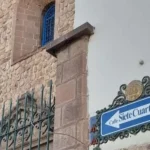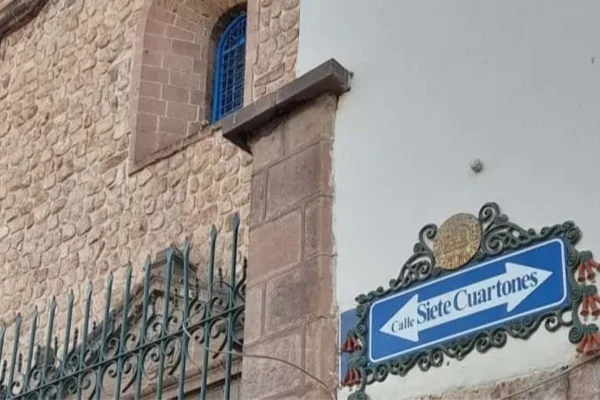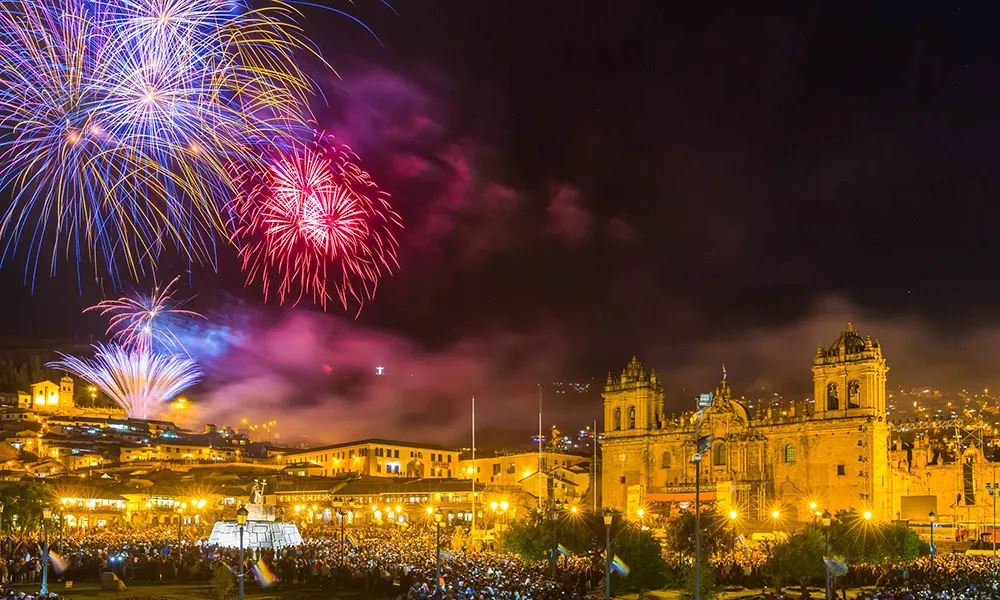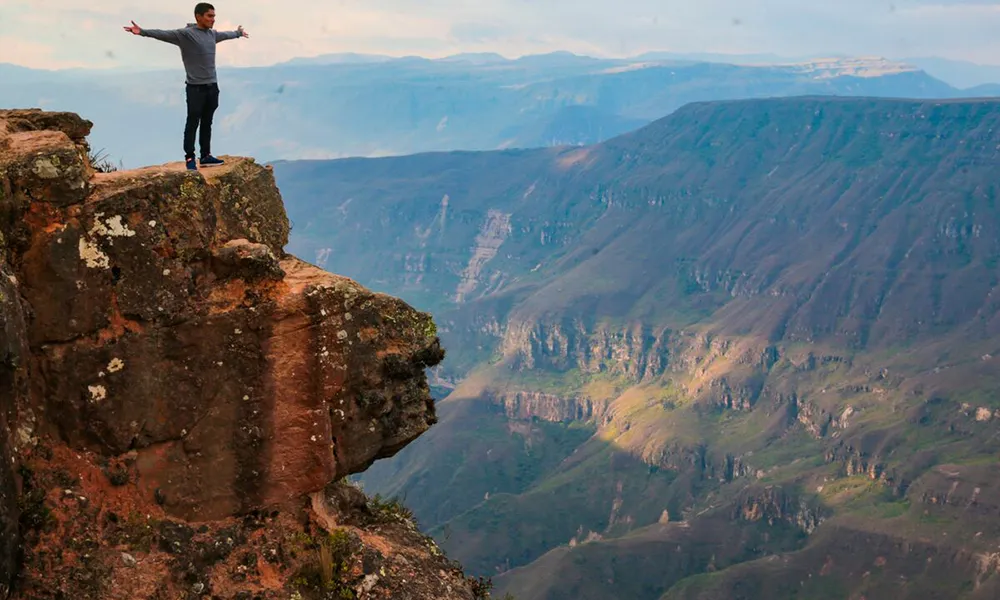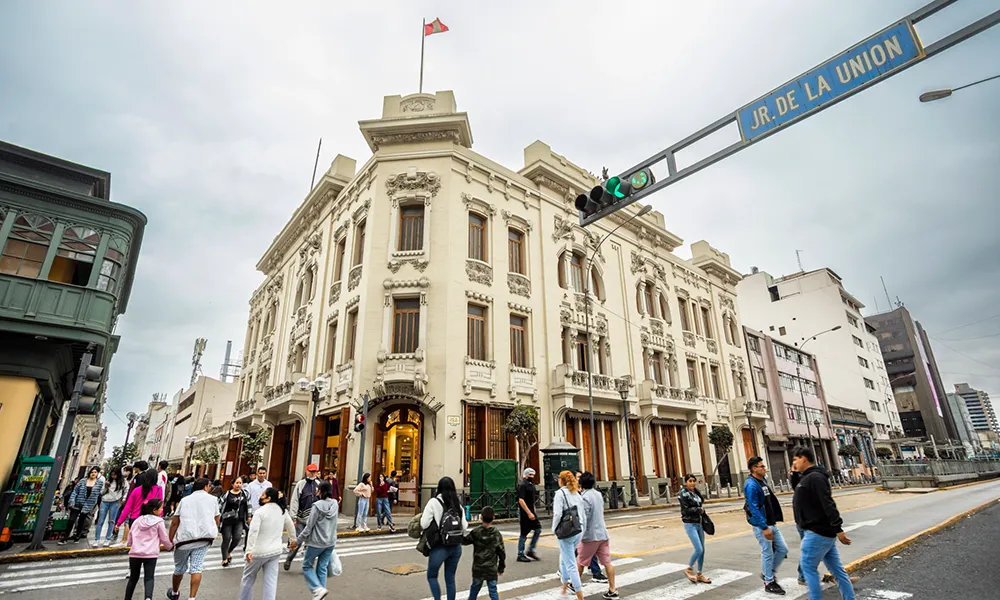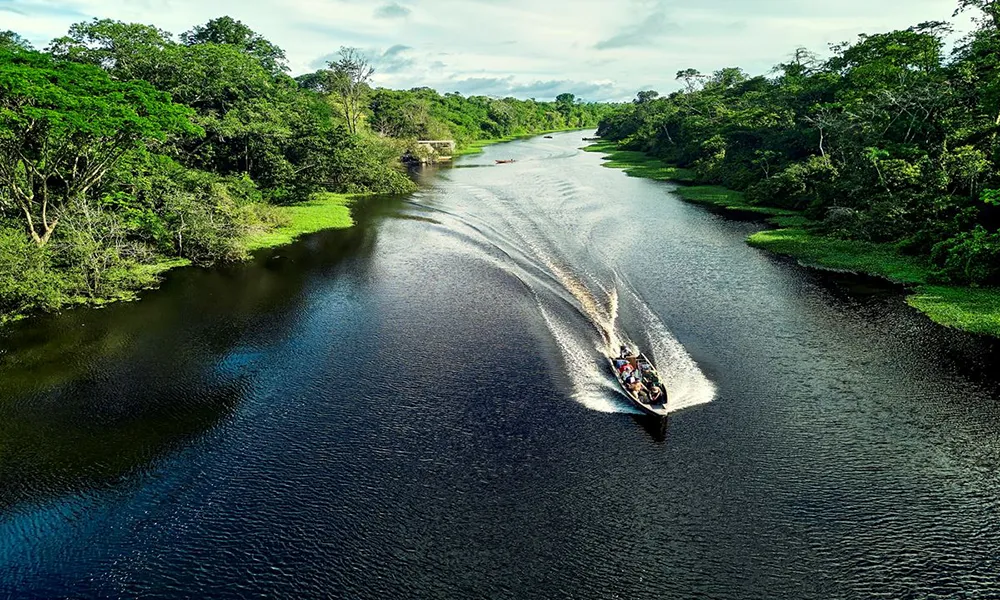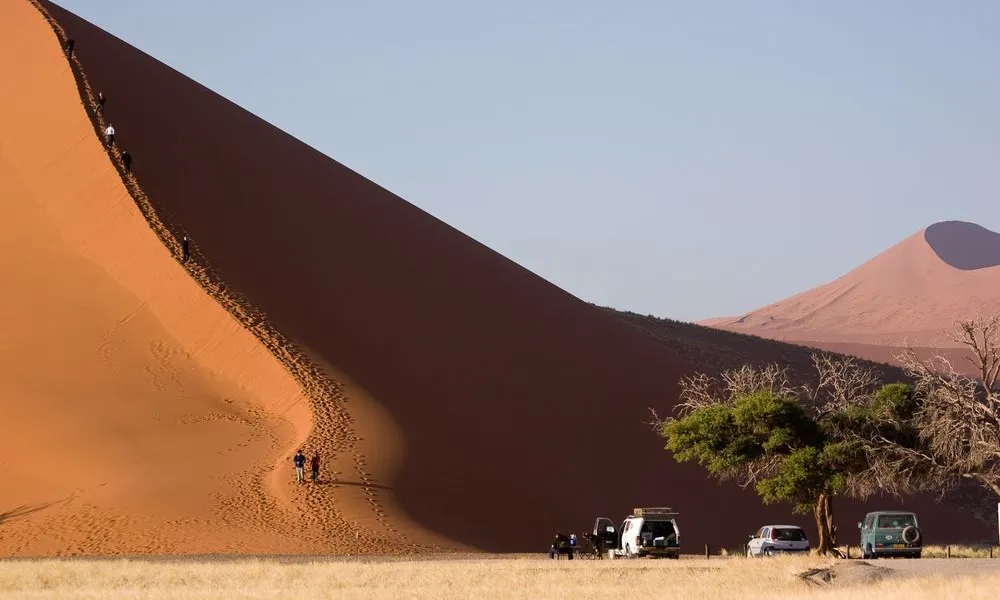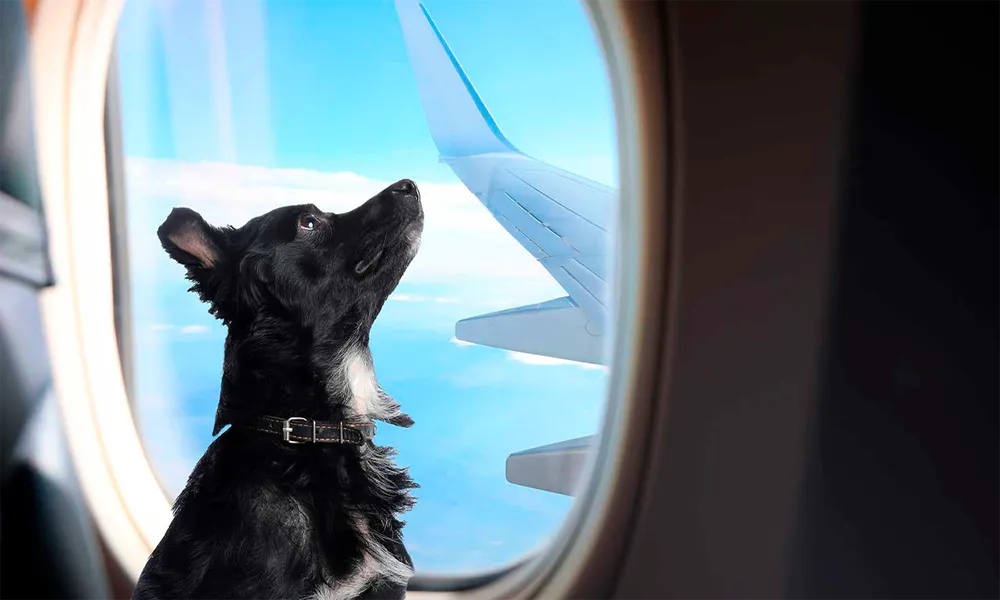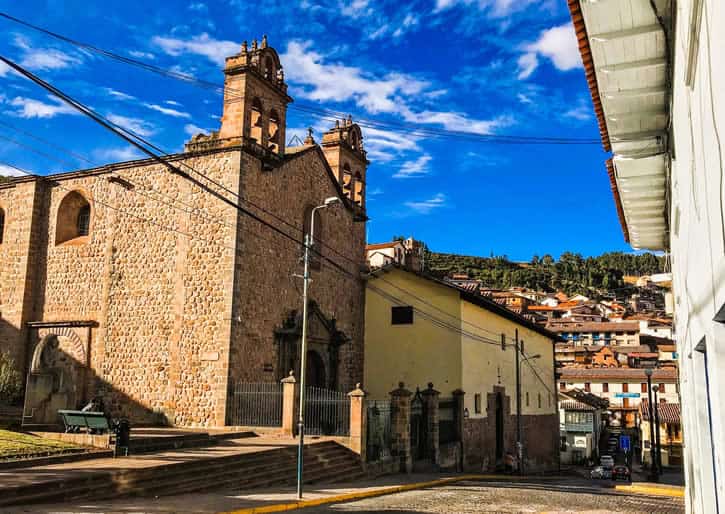
🏛️ History and Origin of the Name
Seven Cuartones Street, located in the historic center of Cusco, is one of those streets steeped in legend and symbolism. Its name comes from the seven large stone blocks (cuartones) that can still be seen in its walls today, a direct legacy of Inca architecture. These enormous stone pieces fit together perfectly, without mortar, demonstrating the mastery of the ancient Cusco stonemasons.
During the colonial era, the street maintained its importance as a connecting route to temples and elite residences. Today, walking along it is like reliving centuries of history that intertwines the Inca past and colonial fusion.
🌍 Location and How to Get There
Seven Cuartones Street is located in the heart of Cusco’s Historic Center, just a few minutes from the Plaza de Armas. From the cathedral, simply walk northeast, following the cobblestone streets that lead to the San Blas neighborhood.
- 🚶 On foot: the best option, as all attractions are very close.
- 🚖 By taxi: cheap and fast from anywhere in the city.
- 📍 Landmark: it’s close to Loreto Street and other iconic passages such as Hatun Rumiyoc Street (where the famous 12-angled stone is located).
🌞 Recommended weather for the visit
Cusco has two distinct seasons:
- Dry season (April to October): sunny days, ideal for exploring on foot.
- Rainy season (November to March): it’s advisable to bring an umbrella or raincoat.
The best time to visit Siete Cuartones Street is in the morning, when natural light highlights the texture of the Inca walls and traffic is lighter.
✨ What to see on Siete Cuartones Street
Visiting Siete Cuartones Street in Cusco is much more than walking along a cobblestone alley; it’s a cultural and historical experience that allows you to delve into the essence of the city:
-
🪨 The seven large stone blocks
The street’s name is derived from the seven large stone blocks: enormous stones carved and assembled with the perfection of Inca engineering. Each block impresses with its size and exact fit, reflecting the skill and precision achieved by the master stonemasons.
-
🏛️ Inca and Colonial Architecture Overlapping
On this street, you can see how colonial architecture was built on Inca foundations. The wooden balconies, windows with colonial bars, and ancient facades contrast with the Inca stone walls, creating a unique atmosphere of architectural fusion.
-
📸 Perfect Spots for Photography
The textures of the stones, the play of sunlight on the walls, and the narrowness of the alley make Siete Cuartones Street an ideal setting for capturing photos with great aesthetic value. It’s one of the most sought-after spots for travelers to capture the fusion of eras.
-
🚶 Connection to Historic Streets and Neighborhoods
This alley connects with other important areas of downtown Cusco, such as Loreto Street and Hatun Rumiyoc Street (where the 12-Angle Stone is located). It’s also a route that takes you to the traditional San Blas neighborhood, known for its artisan workshops and viewpoints.
-
🎭 Lively Cultural Atmosphere
Throughout the day, the street is alive with artisans offering souvenirs, local passersby, and tourists enjoying the stroll. Street musicians can often be heard playing Andean melodies, giving it an authentic and charming feel.
-
🌙 Night View
At night, the lighting highlights the Inca walls and creates a magical and mysterious atmosphere. It’s a safe and highly recommended walk for those who want to see Cusco from a different perspective.
💲 Visit Price
Entry to Calle Siete Cuartones is completely free, as it’s a public street. All you need to do is bring your camera, comfortable shoes, and allow time to enjoy the walk.
🧳 Travel Tips
To make the most of your tour, here are some useful and detailed tips:
- 👟 Wear Comfortable Shoes
Cusco’s streets are cobblestone and uneven, so it’s important to wear sneakers or comfortable shoes. Avoid heels or flat sandals that can slip.
- 📸 Bring a camera or a charged cell phone
Calle Siete Cuartones is an ideal setting for photography, both day and night. The textures of the walls, the colonial balconies, and the cultural interaction make every corner worth capturing.
- 💧 Hydrate and take care of your body at altitude
Cusco is at over 3,300 meters above sea level, so altitude sickness can affect you. Walk slowly, drink water, and if you need to, try a coca tea before or after your walk.
- 💰 Enjoy the fact that it’s free
This street is free to visit, making it a must-see on your tour of the historic center. You’ll just need time and curiosity.
- 🗺️ Combine it with other attractions
Take advantage of the fact that it’s very close to:
- Plaza de Armas (3-minute walk).
- Hatun Rumiyoc Street and the 12 Angles Stone (5 minutes).
- San Blas neighborhood (10 minutes).
This way, you can put together a complete walking tour in less than half a day.
- 🔒 Safety and Precautions
- It’s a safe street, but since it’s a tourist street, it’s always advisable to:
- Don’t display large sums of money.
- Carry your backpack or purse in front of you during peak travel times.
- Be careful if you’re traveling in a group so you don’t get separated in the crowd.
- 👂 Respect the culture and the space
Remember that Calle Siete Cuartones is a vibrant space where both tourists and locals pass by. Avoid blocking traffic when taking photos and respect the tranquility of the area.
❓ Frequently Asked Questions about Siete Cuartones Street
- 📍 Where is Siete Cuartones Street located?
It’s located in Cusco‘s Historic Center, just a few steps from the Plaza de Armas, very close to other iconic streets such as Loreto and Hatun Rumiyoc.
- ⏱️ How long does it take to walk it?
The walk itself lasts between 15 and 20 minutes, but many travelers include it as part of a larger tour of the historic center that can last several hours.
- 💲 Is there a cost to visit?
No, admission is completely free, as it’s a public street.
- 📸 Is it a good place to take photos?
Definitely yes! Its Inca walls, colonial balconies, and cultural atmosphere make Siete Cuartones Street a very photogenic spot. The best light is usually in the morning or late afternoon.
- ☀️ What is the best time of year to visit?
Cusco can be visited year-round, but the dry season (April to October) is the most recommended, as the clear skies highlight the colors and architectural details.
- 🛍️ Are there shops or services nearby?
Yes, being in the heart of the historic center, you will find cafes, restaurants, currency exchange offices, craft shops, and hotels within walking distance.


